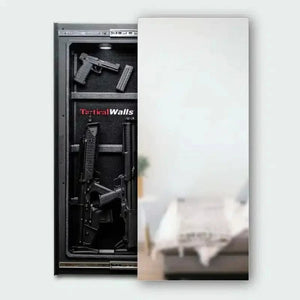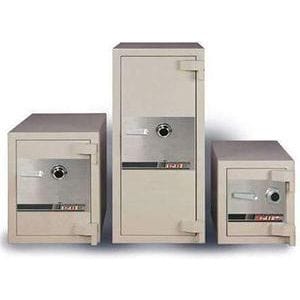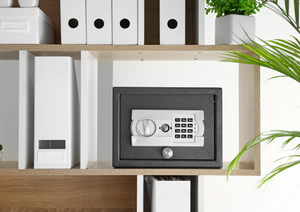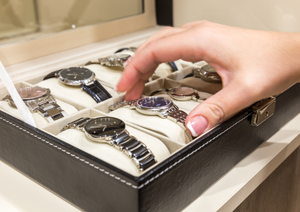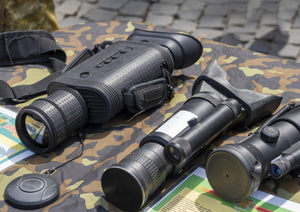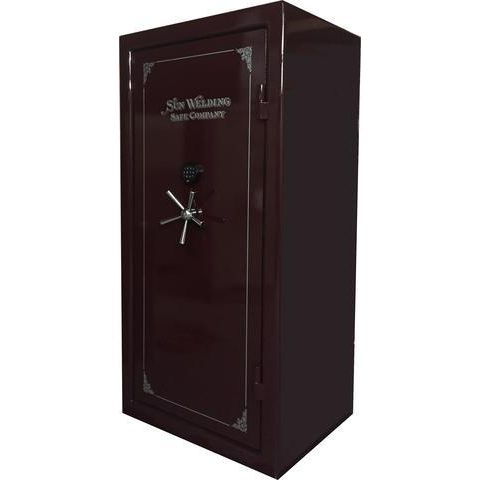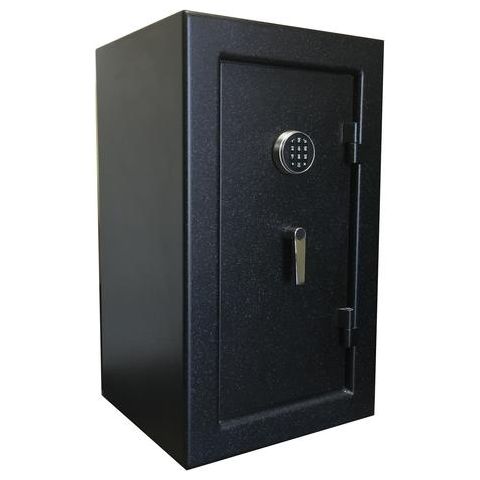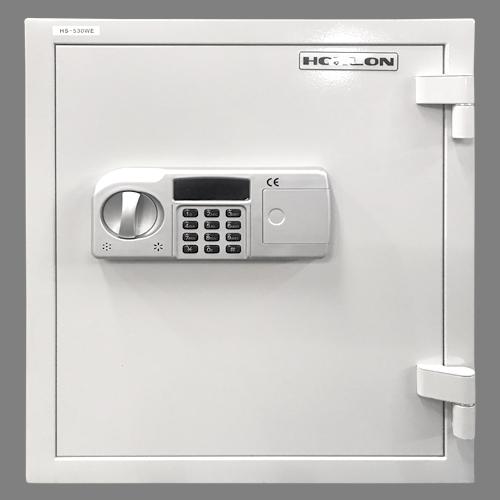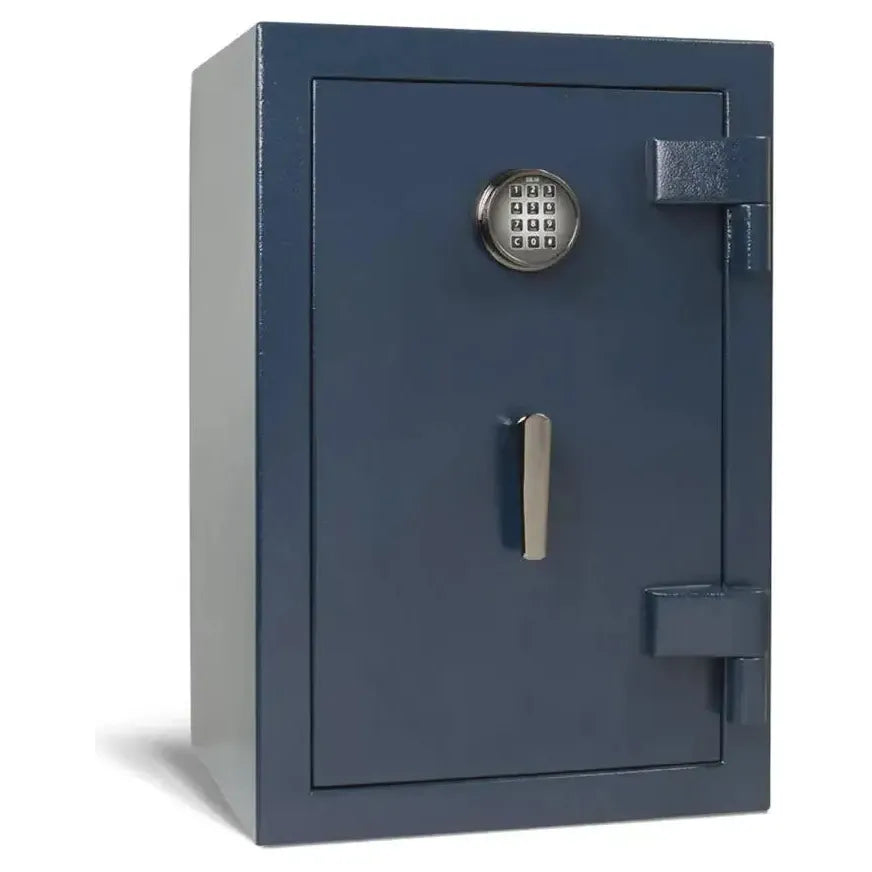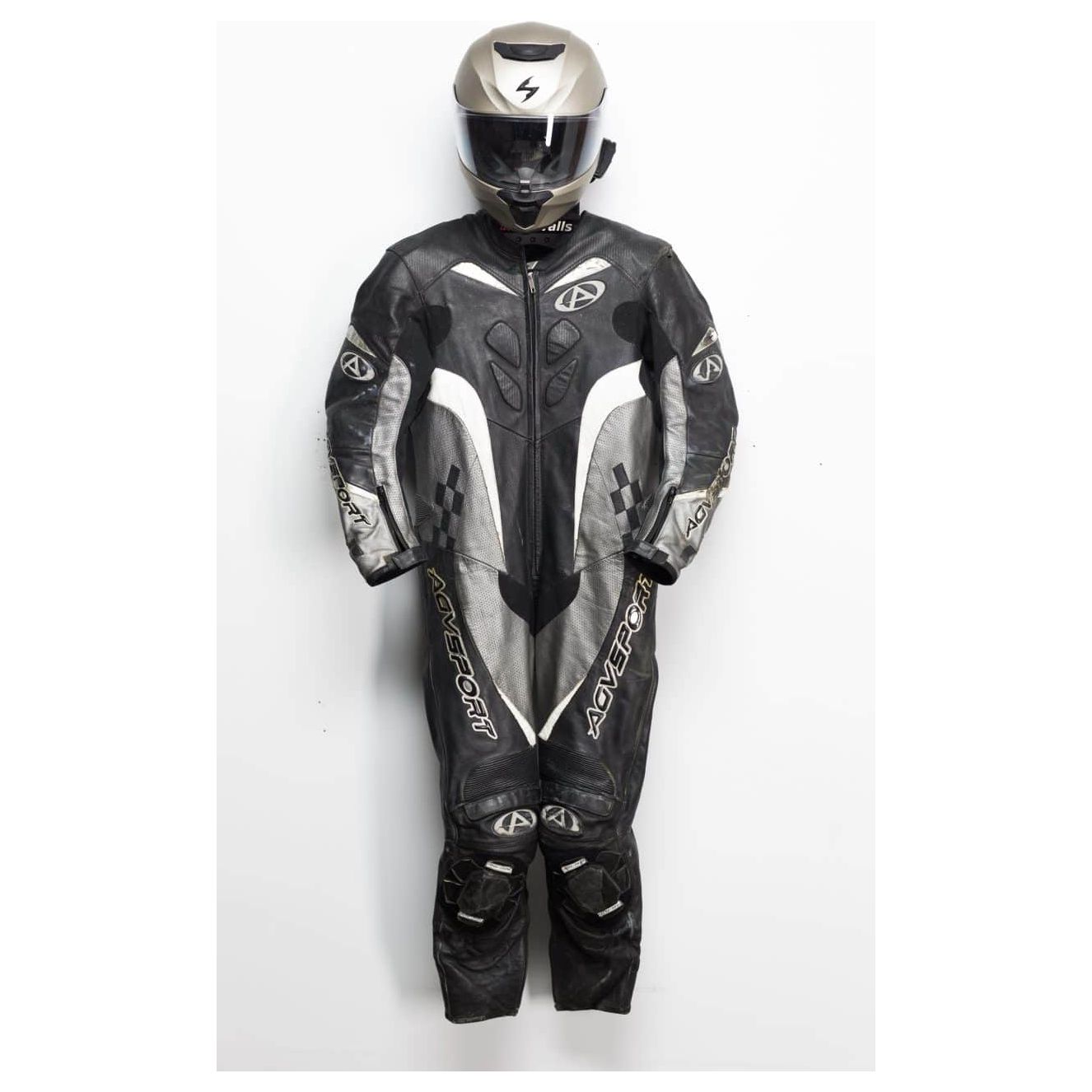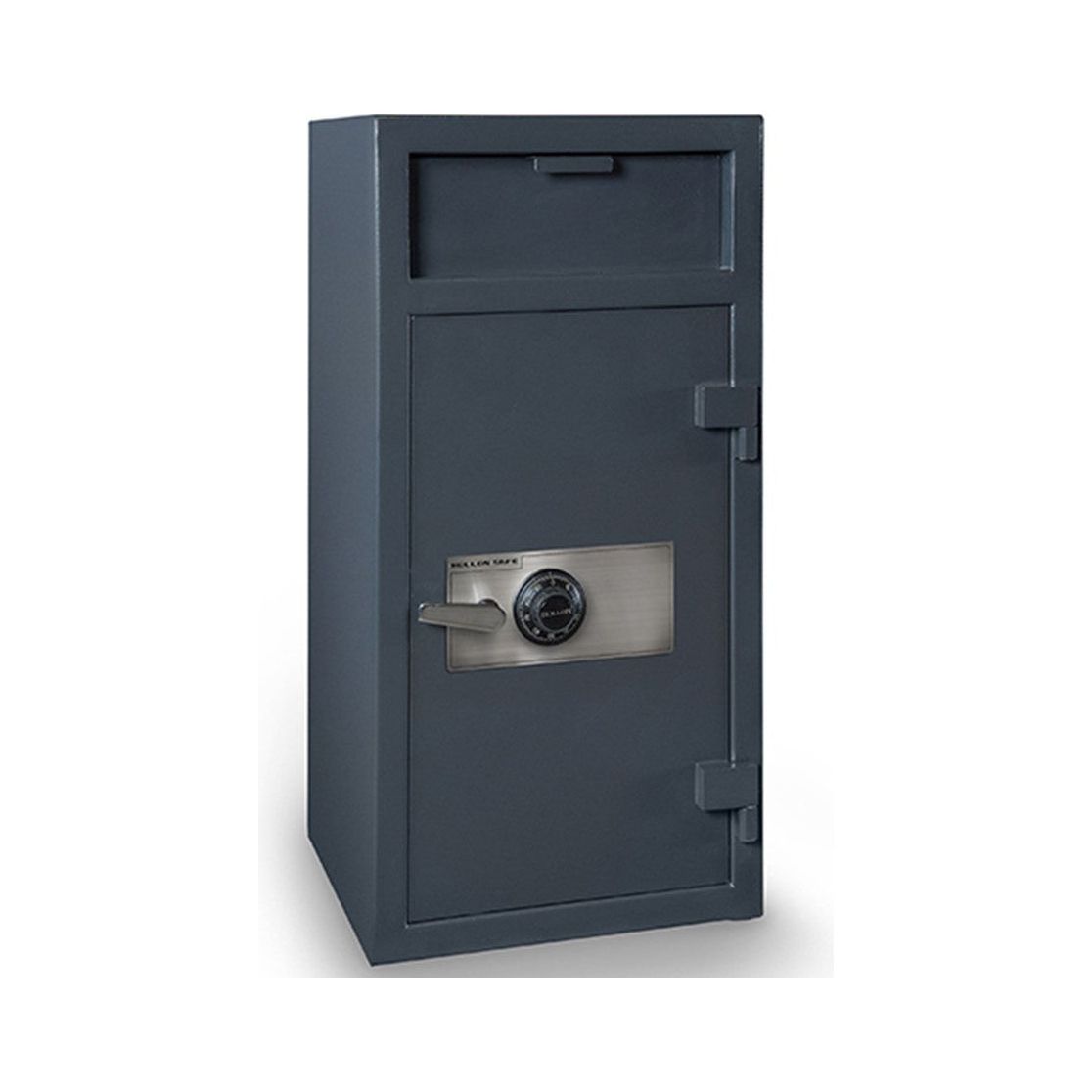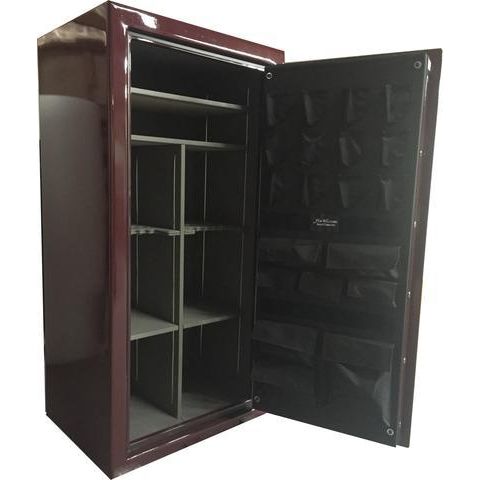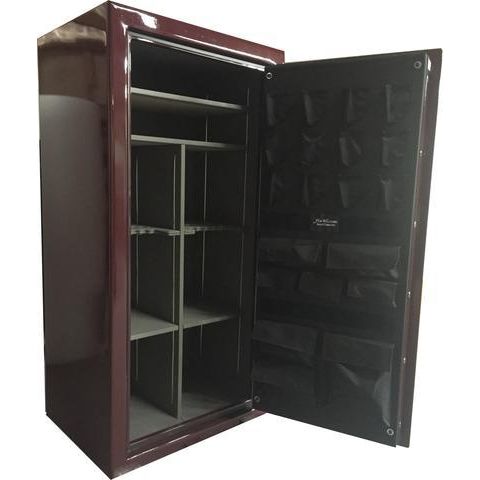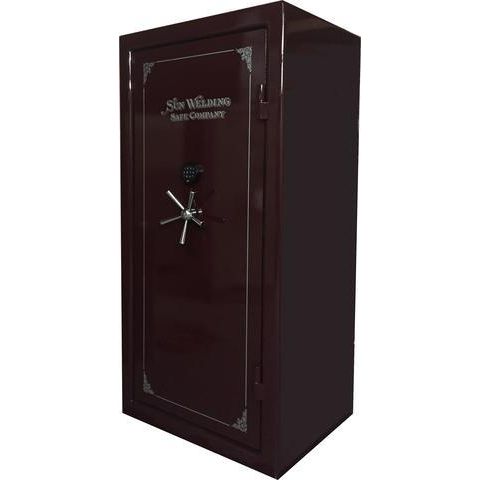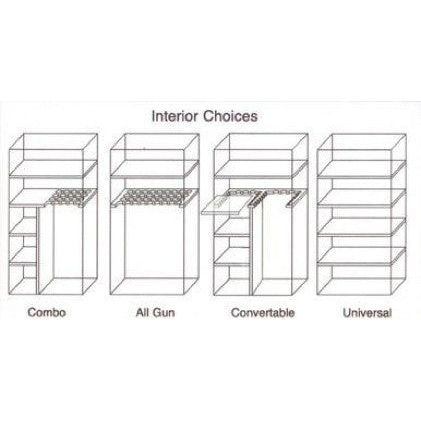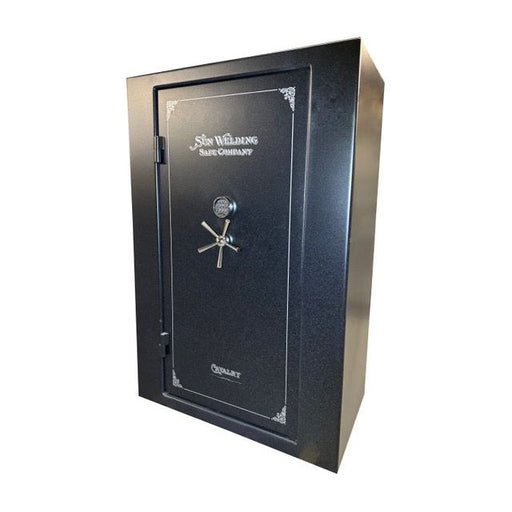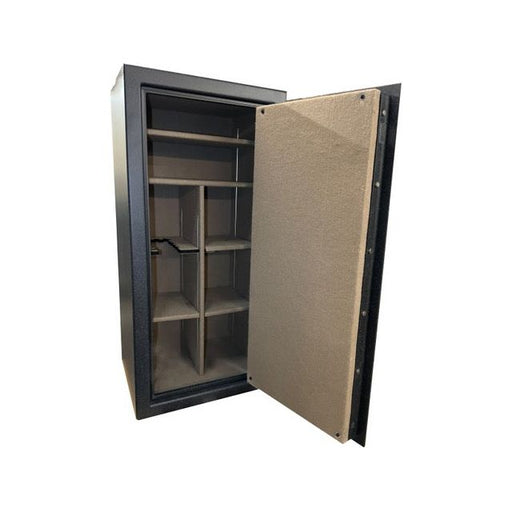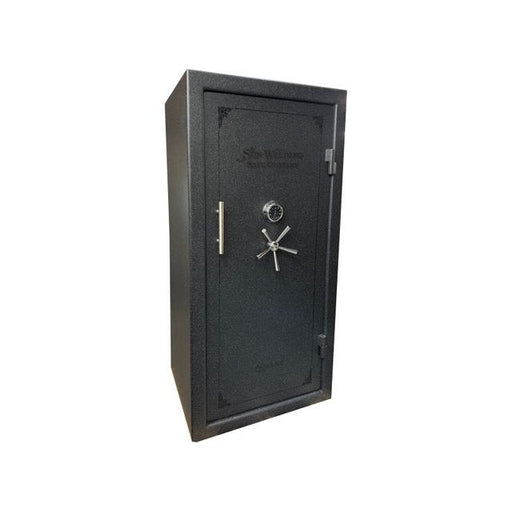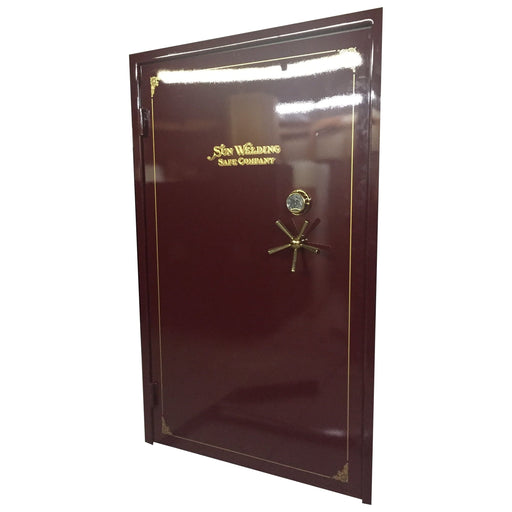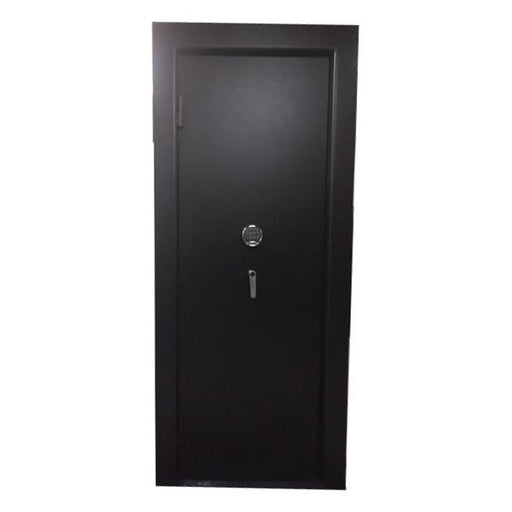
When it comes to safeguarding your most valuable possessions, investing in a safe is a wise decision. Safes are available in various types and security levels, but the debate between high security safes and standard safes remains crucial. In this blog post, we will delve into the key differences between these two categories and explore why quality matters when choosing a safe for your precious belongings.
-
Understanding the Distinction: High security safes and standard safes may look similar at first glance, but their construction, features, and level of protection differ significantly. High security safes are engineered to provide maximum resistance against various threats, including burglary, fire, water, and even advanced tools used by experienced criminals. On the other hand, standard safes, while offering some degree of security, may not withstand determined attacks or provide robust protection against environmental hazards.
-
Construction and Materials: One of the primary reasons why quality matters in safes is the construction and materials used in their manufacturing. High security safes are crafted from top-notch materials like thick steel, reinforced concrete, and advanced composite alloys. These materials make them highly resistant to drilling, cutting, prying, and other forceful break-in attempts. In contrast, standard safes often use thinner steel and may lack additional security features, making them more vulnerable to attacks.
-
Locking Mechanisms: The locking mechanism is a crucial component of any safe, determining how secure it truly is. High security safes boast advanced locking systems such as biometric fingerprint scanners, electronic keypads, and dual combination locks. These mechanisms provide multiple layers of access control, reducing the risk of unauthorized entry. Standard safes, on the other hand, typically use traditional key locks or basic combination dials, which may be easier for skilled burglars to compromise.
-
Resistance to Environmental Threats: In addition to protecting against theft, high security safes are designed to withstand environmental threats, such as fires and floods. Many high security safes undergo rigorous fire and water resistance testing, ensuring that they can maintain their internal temperature and protect valuable contents during emergencies. While standard safes may offer some degree of fire or water resistance, they may not provide the same level of protection as high security counterparts.
-
Certification and Ratings: When purchasing a safe, it is essential to consider the certifications and ratings provided by independent testing organizations. High security safes often come with certifications from organizations like Underwriters Laboratories (UL) and are rated based on their level of security and endurance. These certifications give customers the confidence that their safe meets the highest industry standards. Standard safes may lack such certifications, leaving their security claims unverified.
Conclusion: While standard safes can offer basic protection, high security safes excel in providing top-tier defense against various threats. Investing in a high security safe ensures that your most cherished possessions remain protected from burglars, fires, and other hazards. Remember, quality matters when choosing a safe, as it directly impacts the level of security and peace of mind you gain. Prioritize quality and make an informed decision to safeguard your valuables effectively.


